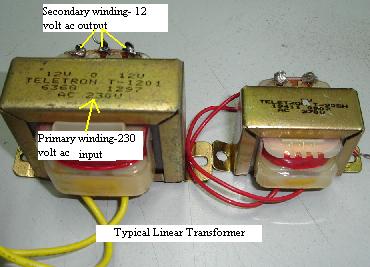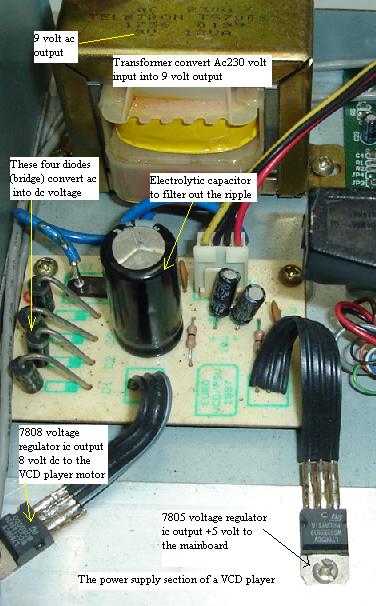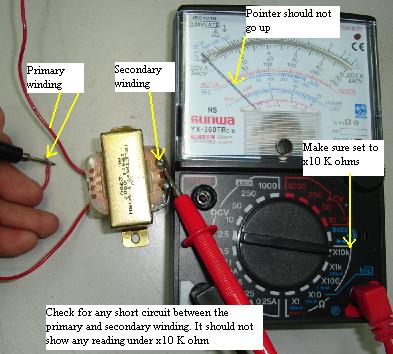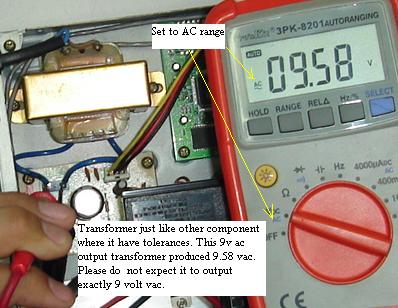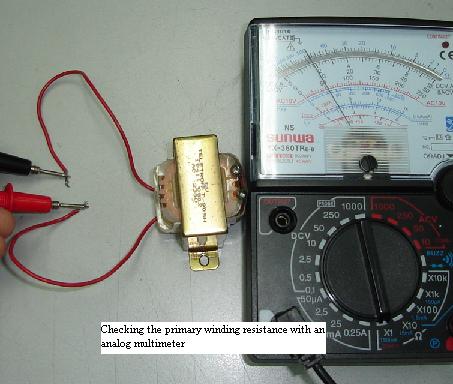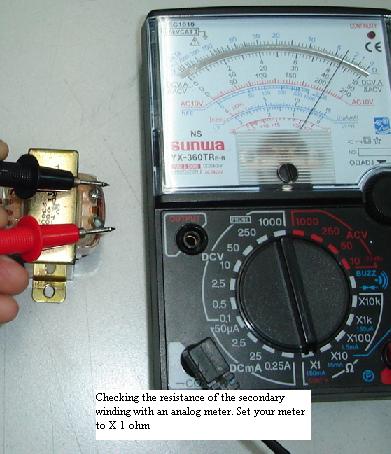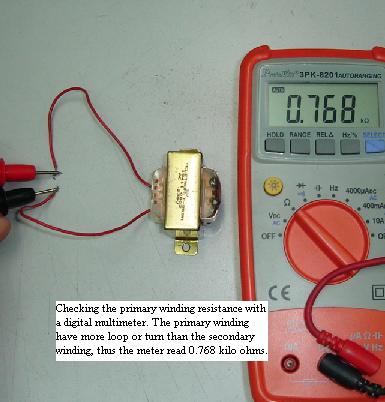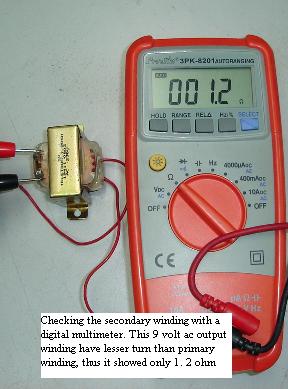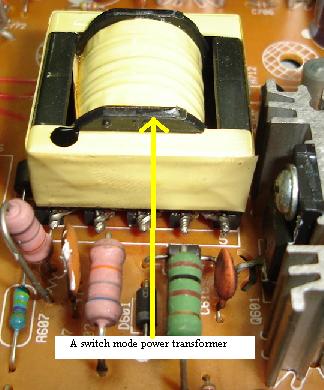Testing Transformer-3 Easy Methods To Test Transformers
Testing transformer is very easy if you follow the procedure explained in this article. Generally there are two types of transformer in the market i.e. the linear type and the switch mode power transformer. In this article I’m only explain on how to test the linear transformer. Before that, I would like you to know what the function of a transformer is. The function of a transformer is to change AC voltage. A transformer cannot change direct current (DC) voltage.
There are three types of linear transformer:-
1) Step up transformer-to increase the output voltage. Typical example is 240v ac input with a 480 volt ac output (high voltage). 2) Step down transformer-to decrease the output voltage. Typical example is 240v ac input with a 12 volt ac output (low voltage). 3) Isolation transformer-produce the same amount of voltage as the input voltage. Typical example is 240 v ac input with a 240 volt ac output.
A single transformer can have different independent outputs to serve as a step up transformers as well as step down transformer. The output voltages are then converted into DC voltages with the help of diodes. I would not go too details into transformer theory as this article touch on the topic of how to test a linear transformer. There are three ways or techniques on how to test a transformer:
1) Switch on the equipment and measure the input and output voltage of the transformer with either an analog or digital meter. If there are no voltage or lower voltage then it suppose to be, the transformer need replacement. I personally liked this method because you are testing the transformer under full operating voltage which is very accurate. The disadvantage is that you must be very careful when checking it especially when the power is ‘on’. Make sure you have someone to guide you or else you can try the second method.
2) With power off, remove the transformer from the board and perform a resistance or continuity test on primary and secondary winding as shown on the picture of transformer below. If there is no resistance or ohms reading on the primary and secondary winding measured, suspect an open winding and the transformer need to be replaced. The advantage of this method is, you are safe because no power is applied to the transformer. The disadvantage is checking the resistance for ohms reading is not as accurate as when you perform a ringing test mentioned on the third method. A shorted primary or secondary winding is still checked well under resistance tests. However the good news is when either the primary or secondary winding developed a short circuit, it will usually produced a bad smell and the transformer gets very hot on its core or casing.
3) Perform a ringing test with a ringer tester. Checking the ohms resistance or continuity on a linear transformer is not accurate as compared when using a ringer tester. However there is still one disadvantage which is the winding can go shorted when under full operating voltage even though both windings checks okay with ringer test.
Conclusion- The first method is the best choice to test linear transformer accurately, but first you must know how transformer work and get an experienced technician’s friend to help you out before performing the test on your own. For some transformers like the UPS (uninterruptible power supply) you need wiring diagrams to assist you because there are so many secondary windings and you may get confused. Lastly, checking switch mode power transformer is different from testing linear transformer. I will cover on how to test a switch mode transformer in times to come.
A Switch Mode Power Transformer
|
|
Copyright@ 2006-2014-www.ElectronicRepairGuide.com All Rights Reserved
